Malta’s public transportation system has undergone significant transformations over the past decade, evolving from a fragmented network into a more cohesive and modernized service. The archipelago’s unique geography, with its compact size and high population density, makes public transport a vital component of daily life for both locals and tourists. While challenges remain, the system has made notable strides in improving accessibility, reliability, and sustainability.
The backbone of Malta’s public transport is its bus network, operated almost exclusively by Malta Public Transport (MPT), a government-contracted company. The buses, recognizable by their bright orange and white livery, serve as the primary mode of transportation across the islands of Malta, Gozo, and Comino. With over 80 routes covering urban and rural areas, the network connects key destinations such as Valletta, Sliema, St. Julian’s, and the Malta International Airport. The central hub in Valletta acts as the main interchange, where passengers can transfer between routes seamlessly.
One of the most significant improvements in recent years has been the introduction of a cashless payment system. The Tallinja card, a reloadable smart card, has revolutionized how passengers pay for fares. Tourists can opt for the Explore card, which offers unlimited travel for a set number of days. These innovations have not only streamlined boarding processes but also reduced the reliance on cash transactions, aligning with global trends in public transport efficiency.
Despite these advancements, Malta’s bus system faces criticism for occasional delays and overcrowding, particularly during peak hours. The island’s narrow roads and heavy traffic congestion exacerbate these issues, making punctuality a persistent challenge. However, efforts to mitigate these problems include the introduction of priority lanes for buses and real-time tracking through the Tallinja app, which allows passengers to monitor bus arrivals and plan their journeys more effectively.
Another notable aspect of Malta’s public transport is its affordability. Fares are relatively low compared to other European countries, with discounts available for students, seniors, and frequent travelers. This pricing strategy encourages public transport use over private vehicles, a crucial step in addressing Malta’s traffic congestion and environmental concerns. The government has also invested in upgrading the bus fleet, incorporating eco-friendly models that run on low-emission engines, further underscoring its commitment to sustainability.
Beyond buses, Malta’s transport infrastructure includes ferry services that link the northern town of Ċirkewwa with Gozo and Comino. These ferries provide a scenic and efficient alternative for inter-island travel, particularly during the summer months when tourist numbers surge. While the ferry network is smaller in scale compared to the bus system, it plays a vital role in connecting Malta’s islands and supporting the tourism industry.
Looking ahead, Malta’s public transport system is poised for further enhancements. Plans for a more integrated network, including potential light rail or tram systems, have been discussed as long-term solutions to alleviate traffic pressures. Such projects, if realized, could redefine mobility in Malta, offering faster and more sustainable alternatives to the current bus-dominated framework. For now, the focus remains on optimizing existing services and encouraging greater public transport adoption among residents and visitors alike.
In summary, Malta’s bus system is a dynamic and evolving entity, reflecting the island’s efforts to balance modern convenience with environmental responsibility. While not without its flaws, the network provides an essential service that continues to adapt to the needs of its users. As Malta grows and urbanizes, the role of public transport will only become more critical in shaping the archipelago’s future mobility landscape.

By Emily Johnson/Apr 28, 2025

By Noah Bell/Apr 28, 2025

By Christopher Harris/Apr 28, 2025

By Samuel Cooper/Apr 28, 2025

By Sophia Lewis/Apr 28, 2025
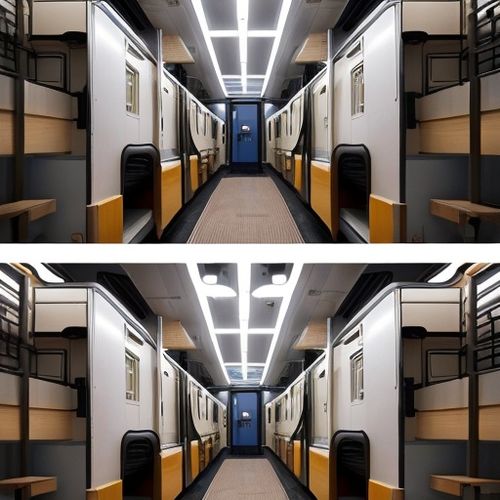
By Daniel Scott/Apr 28, 2025
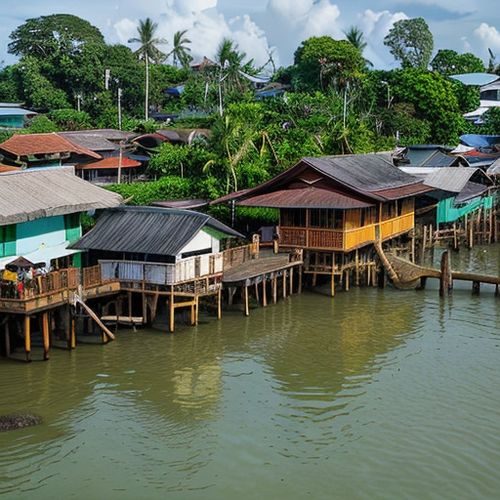
By Joshua Howard/Apr 28, 2025
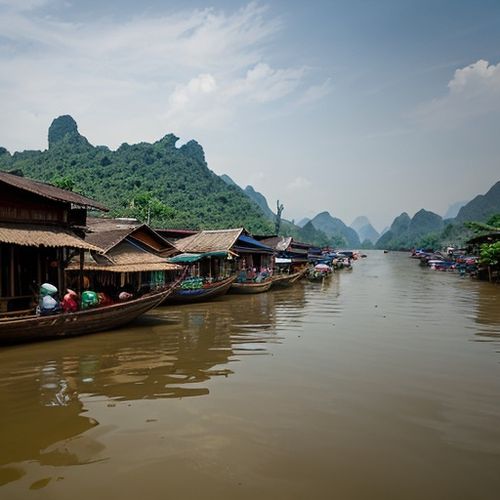
By Daniel Scott/Apr 28, 2025

By Lily Simpson/Apr 28, 2025

By Victoria Gonzalez/Apr 28, 2025

By Benjamin Evans/Apr 28, 2025

By William Miller/Apr 28, 2025
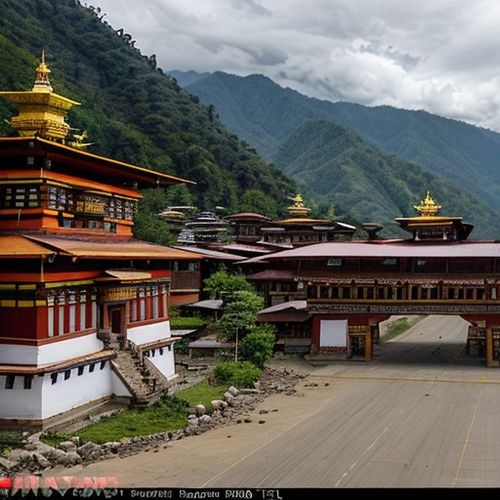
By David Anderson/Apr 28, 2025

By Sarah Davis/Apr 28, 2025

By Victoria Gonzalez/Apr 28, 2025

By Victoria Gonzalez/Apr 28, 2025
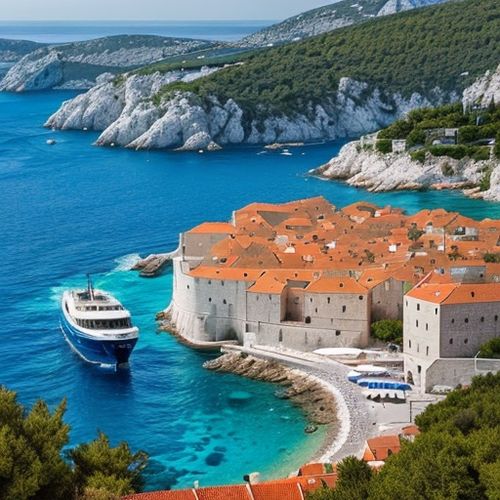
By Amanda Phillips/Apr 28, 2025
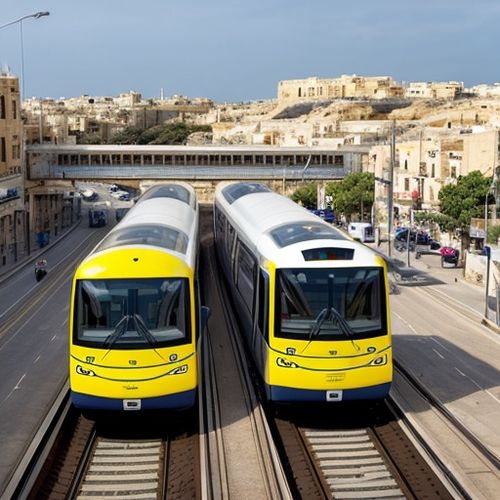
By William Miller/Apr 28, 2025
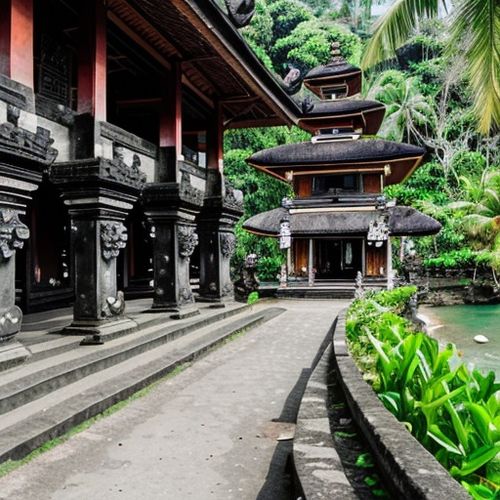
By David Anderson/Apr 28, 2025
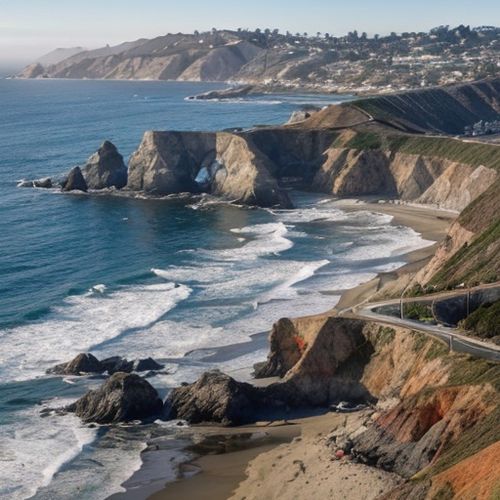
By Megan Clark/Apr 28, 2025